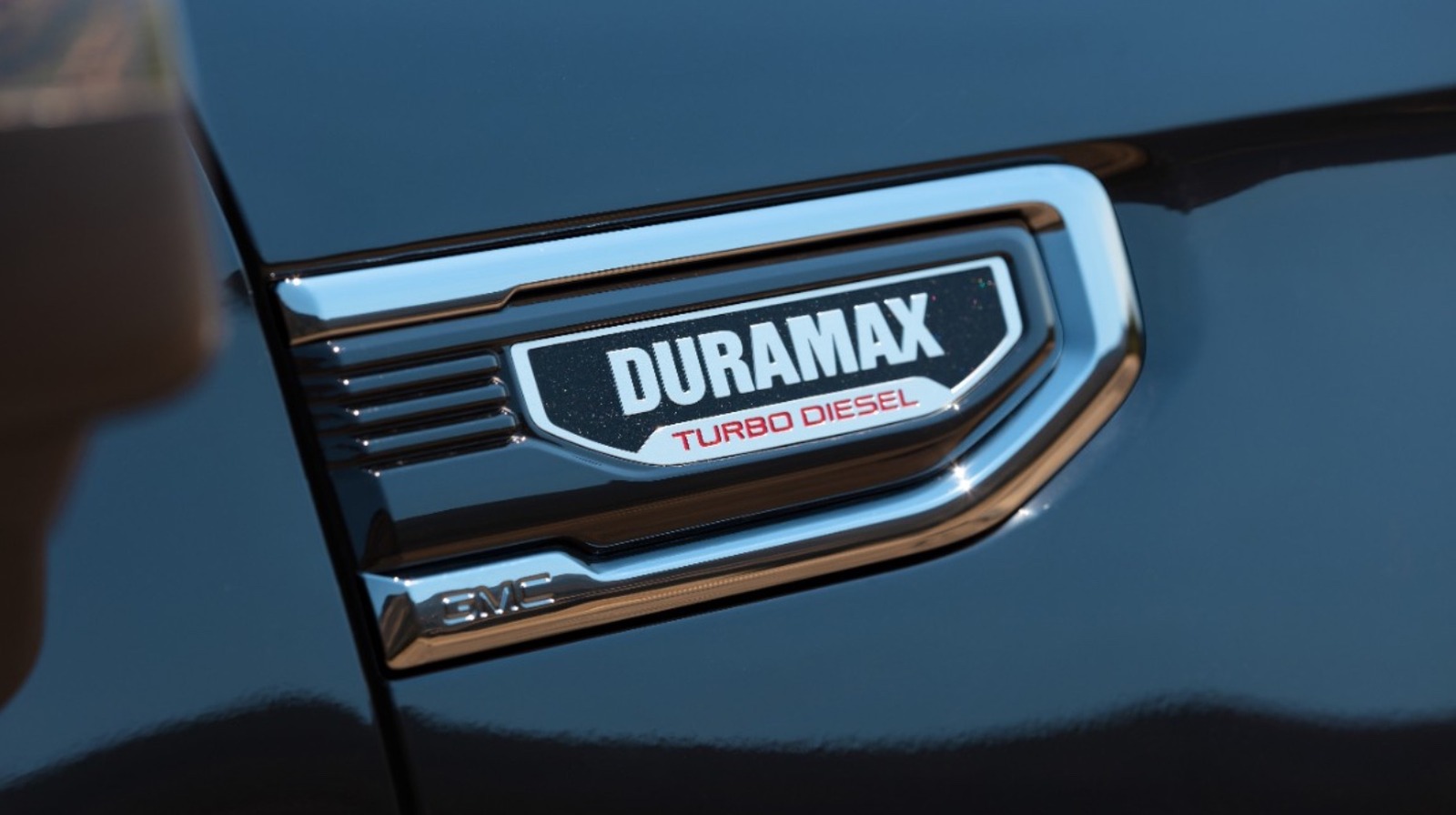Members of a wild horse herd in Reno, Nev., with a subdevelopment in the background.
gchapel/Getty ImagesIn the remote towns of the Sierra Nevada, a recent spike in bears being struck by cars has raised questions over the coexistence of bears and humans — are there too many bears, or are there too many cars? But just a half-hour drive east of Lake Tahoe, another beloved animal is falling victim to speeding vehicles: horses. And the horses of Carson Valley near Reno, Nevada, are just as wild as the bears.
“Currently there are 3,567 horses on the Virginia Range,” says veterinarian and Nevada Department of Agriculture Director J.J. Goicoechea. The Virginia Range is the easternmost part of the northern Sierra Nevada, stretching from Carson City to Reno and running for about 40 miles east to west.
While some wild horse populations through the American West descend from horses that were brought during the Gold Rush in the 1840s and 1860s, or the 1870s-era land grab a few decades after that, Goicoechea says that’s not where the Reno-area population came from. As of 1984, there weren’t any wild horses in the area, according to records from the Nevada Agriculture Department. The horses now living in the range arrived later in the 1980s and 1990s, he says, likely either from being turned out by ranchers or escaping and eventually becoming feral. According to Nevada law, these thousands of wild horses are property of the state, making it illegal to trap, feed or interfere with them in any way.
Advertisement
Article continues below this ad
Goicoechea estimates the carrying capacity of roughly 2,800-acre Virginia Range to be between 500 and 600 horses, making the current population too large by a factor of about five. Aside from the environmental consequences of introducing a non-native species into the food web in such large numbers, there’s another issue: Horses are being hit by drivers at an alarming rate.
The annual number of car-horse crashes is reliably several dozen per year, with cases reported to the Nevada Agriculture Department totaling 46 in 2020, 27 in 2021, 24 in 2022, and 42 as of late November 2023, according to a department representative. Those numbers only cover those voluntarily reported cases in the Virginia Range, an area that represents only a small fraction of the total wild horse population in the state. (The Bureau of Land Management manages another nearly 45,000 wild horses in Nevada.) Between 2006 and 2018, there were at least 400 collisions between cars and horses managed by the BLM in Nevada, according to agency estimates.
The human population of the greater Reno, Sparks and Carson City area is growing, more than doubling from 216,000 in 1990 to just over 530,000 in 2023. That means more people in a smaller space, leading to more cars on the road and additional frustrated drivers. And that’s coincided with a growth in the wild horse population; Goicoechea says their population can grow by approximately 25 percent each year. And as with the human population, high numbers lead to spread — which sometimes means horses spreading into downtown areas, neighborhoods and onto highways.
In September 2016, two horses were killed in a two-car collision in Reno. In 2017, a car hit a horse that later died from its injuries; the driver blamed the crash on poor lighting. And while no incidents have been reported in this area of humans dying from hitting horses with their cars, a motorcyclist died after colliding with a wild horse north of Reno in 2013 (the horse was also killed). Between October and November 2022, there were 13 car collisions involving horses in Reno. Residents raised issues of safety in public meetings, proposing everything from installing horse-proof fencing to lowering speed limits and improving lighting on public roads. Two more horses were killed in November 2023.
Advertisement
Article continues below this ad
Aside from the risks posed by a vehicle hitting an animal that typically weighs between 900 and 1,100 pounds, the massively oversized horse population is straining the ecosystem of wild grasses and native flora, Goicoechea says. Horses are a non-native species, meaning there are no native species to counteract the effect of their impact. When horse populations — especially outsized populations — overgraze on native plants, they can destroy the brush birds nest in, reduce the number of places for young creatures to hide from predators and lead to erosion by destroying the roots that hold soil and moisture in place.
According to the NDA, projects are underway to address two of the underlying issues using various strategies, and a wildlife organization was just granted a $5.4 million dollar grant to install eco-friendly wildlife crossings over Highway 395.
Controlling the populations needs a multipronged approach. For the last four years, the Nevada Agriculture Department has partnered with the American Wild Horse Campaign to administer fertility control treatments to roughly 80 percent of the female horse population, leading to a reported 66 percent decrease in birth rates. Another solution — helicopter-based roundups managed by the Bureau of Land Management — has been criticized for being costly and inhumane. Critics say the helicopters, which fly very close to the ground to herd the animals into corrals and confined areas, are frightening and stressful, and lead to fatigue injuries, broken bones and even PTSD.
As of now, the population control effort with the AWHC is the only major campaign underway by the Nevada Agriculture Department to address the horse-car collision issue — but that’s about to change. The statewide organization is close to announcing a new program, headed by a to-be-announced new hire: a Virginia Range feral and estray horse program manager, who will oversee programs set by Goicoechea and his team, he says. The exact scope of the program, and the awareness campaign that will follow, is still to be determined, but it’ll include elements of guidance for general awareness, as well as motorist-specific rules.
Advertisement
Article continues below this ad
In the meantime, Goicoechea advises the best thing individuals can do is follow the current rules around wild horses. “It is important that residents and tourists do not feed or provide water to the horses,” he says. “Not only is it illegal, but it encourages them to come further into urban areas and away from the range where they would naturally roam until they find more forage.” And as much as individuals may be impacted by horses, or want to pet the often-cute animals, they aren’t allowed to take matters into their own hands — they could get hurt.
“The NDA has documented incidents of children being kicked by horses,” says Goicoechea. “These animals can be unpredictable and could charge or kick those in close proximity, particularly if they feel threatened.”
It’s also illegal for anyone to attempt to address the state’s horse populations. “The act of taking feral or stray horses off of the Virginia Range would be considered livestock theft per NRS 569.040,” says Goicoechea. He says there have been incidents of people attempting to capture wild horses in and around their properties, which doesn’t end well. Trapping, hurting or capturing a wild horse is a gross misdemeanor, which can carry up to a year in jail; killing a wild horse is a Class C felony, which carries a minimum of at least one year in jail.
Advertisement
Article continues below this ad







